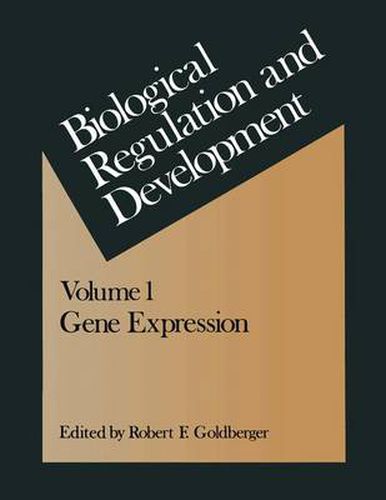Readings Newsletter
Become a Readings Member to make your shopping experience even easier.
Sign in or sign up for free!
You’re not far away from qualifying for FREE standard shipping within Australia
You’ve qualified for FREE standard shipping within Australia
The cart is loading…






This title is printed to order. This book may have been self-published. If so, we cannot guarantee the quality of the content. In the main most books will have gone through the editing process however some may not. We therefore suggest that you be aware of this before ordering this book. If in doubt check either the author or publisher’s details as we are unable to accept any returns unless they are faulty. Please contact us if you have any questions.
The motivation for us to produce a treatise on regulation was mainly our convic tion that it would be fun, and at the same time productive, to approach the subject in a way that differs from that of other treatises. We had ourselves written reviews for various volumes over the years, most of them bringing together all possible facts relevant to a particular operon, virus, or biosynthetic system. And we were not convinced of the value of such reviews for anyone but the expert in the field reviewed. We thought it might be more interesting and more instructive-for both author and reader-to avoid reviewing topics that anyone scientist might work on, but instead to review the various parts of what many different scientists work on. Cutting across the traditional boundaries that have separated the subjects in past volumes on regulation is not an easy thing to do-not because it is difficult to think of what interesting topics should replace the old ones, but because it is difficult to find authors who possess sufficient breadth of knowledge and who are willing to write about areas outside those pursued in their own laboratories. For example, no one scientist works on suppression per se. He may study the structure of suppressor tRNAs in Escherichia coli, he may study phenotypic suppression of various characters in drosophila, he may study polarity in gene expression, and so on.
$9.00 standard shipping within Australia
FREE standard shipping within Australia for orders over $100.00
Express & International shipping calculated at checkout
This title is printed to order. This book may have been self-published. If so, we cannot guarantee the quality of the content. In the main most books will have gone through the editing process however some may not. We therefore suggest that you be aware of this before ordering this book. If in doubt check either the author or publisher’s details as we are unable to accept any returns unless they are faulty. Please contact us if you have any questions.
The motivation for us to produce a treatise on regulation was mainly our convic tion that it would be fun, and at the same time productive, to approach the subject in a way that differs from that of other treatises. We had ourselves written reviews for various volumes over the years, most of them bringing together all possible facts relevant to a particular operon, virus, or biosynthetic system. And we were not convinced of the value of such reviews for anyone but the expert in the field reviewed. We thought it might be more interesting and more instructive-for both author and reader-to avoid reviewing topics that anyone scientist might work on, but instead to review the various parts of what many different scientists work on. Cutting across the traditional boundaries that have separated the subjects in past volumes on regulation is not an easy thing to do-not because it is difficult to think of what interesting topics should replace the old ones, but because it is difficult to find authors who possess sufficient breadth of knowledge and who are willing to write about areas outside those pursued in their own laboratories. For example, no one scientist works on suppression per se. He may study the structure of suppressor tRNAs in Escherichia coli, he may study phenotypic suppression of various characters in drosophila, he may study polarity in gene expression, and so on.